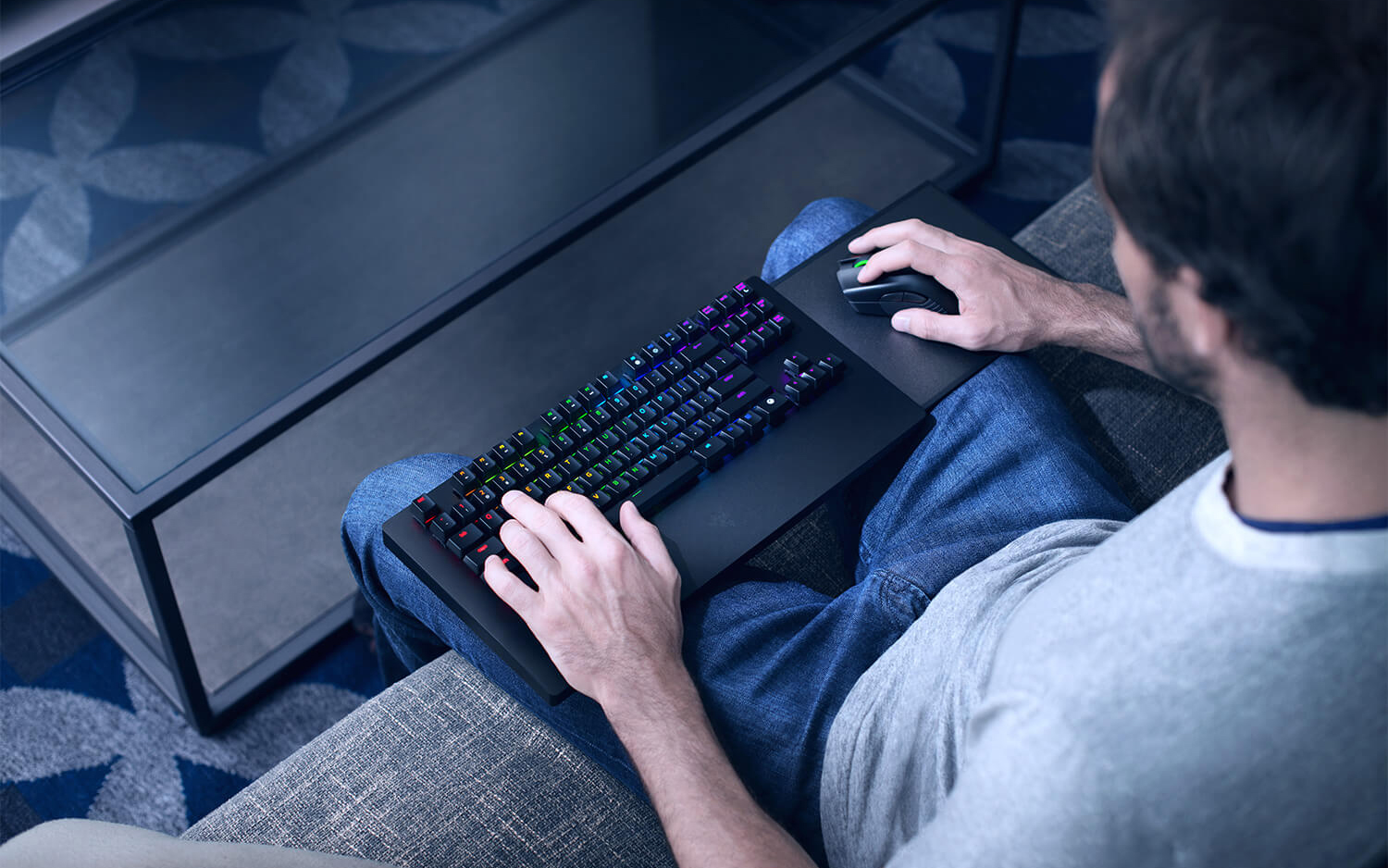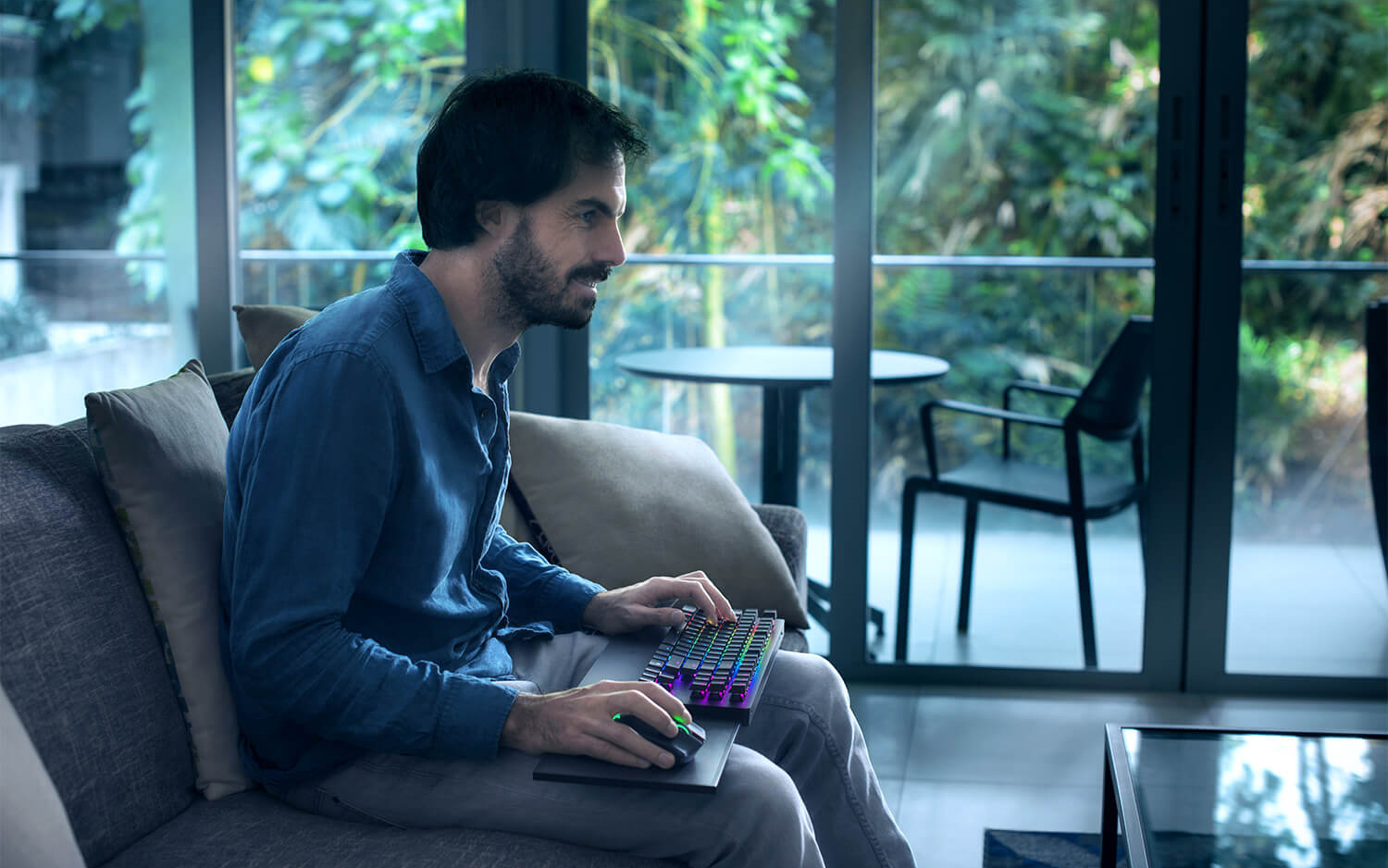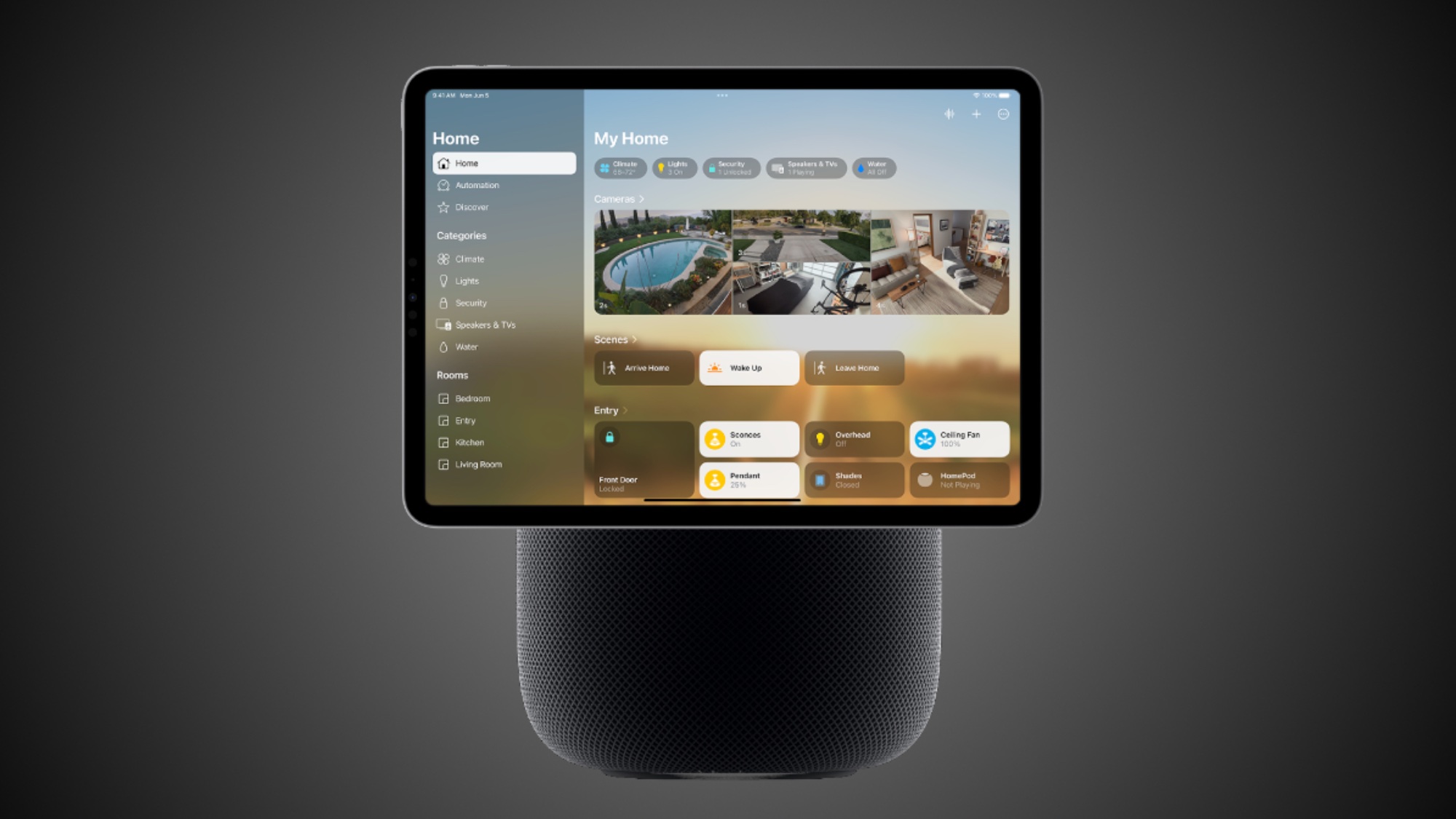Tom's Guide Verdict
Pick up the Razer Turret for Xbox One if you want to enjoy Xbox games with mouse-and-keyboard controls, but make sure the games you want to play are supported first.
Pros
- +
Elegant design
- +
Excellent in-game performance
- +
Compatible with both Xbox One and PC
- +
Long battery life
Cons
- -
Extremely expensive
- -
Lacks bells and whistles from other Razer gear
Why you can trust Tom's Guide
The original Razer Turret was a bold experiment that mostly worked. This hybrid mouse-and-keyboard combo helped facilitate living-room PC gaming, and all it required was a user's lap – and $160, of course. But the peripheral wasn't perfect, thanks to cheap membrane keys, a teeny-tiny mouse and a mousepad that allowed very little room to maneuver.
Enter the Razer Turret for Xbox One: a much-needed, albeit very expensive, upgrade. At $250, the new Razer Turret is not going to win over any dabblers, but it goes to great lengths to justify its near-$100 cost increase. The keyboard is now fully mechanical (making it one of the best mechanical keyboards for Xbox); the mouse is full size; the mousepad is larger and magnetic. Charging is easier, losing your dongle is harder and the whole setup is much more comfortable to hold in your lap.
In fact, the biggest drawback of the Razer Turret for Xbox One (aside from the price) is that there's not actually much Xbox One content that supports it, at least not yet. That alone makes its price rather hard to stomach, but bear in mind that the Turret is also a perfectly palatable PC accessory. If you want a simple, high-quality solution for living-room gaming and aren't averse to shelling out the cost of a new console for it, the new Razer Turret is currently about as good as these things get.
Design
The Razer Turret is much bigger than before, and it doesn't have that cool dock, where you could fold the keyboard in on itself and stand it upright to charge. But generally, the new design is a big improvement.

At the center of everything is the Turret's keyboard: a tenkeyless model measuring 15.4 x 7.6 x 1.5 inches and weighing 4.1 pounds. You may be wondering why a tenkeyless model is nearly as long as a standard full-size keyboard, but it's all to accommodate a pull-out mousepad. The mousepad sits underneath the keyboard until you extend it, whereupon you'll get an 8-inch surface to play with. It's not huge, by any means, but it's big enough to accommodate the Turret's full-size gaming mouse.
MORE: 10 of the Best Xbox One Accessories (They Also Make Great Gifts!)
Get instant access to breaking news, the hottest reviews, great deals and helpful tips.
The Turret's keyboard doesn't have many of the fancy bells and whistles of Razer's fancier BlackWidow models, such as discrete media keys and USB pass-throughs. On the other hand, it fit comfortably onto my lap, and the Razer Green mechanical switches are a big step up from the old Turret's lackluster membrane models. There's also a dedicated Xbox key, allowing you to navigate back to the console’s main menu easily.
Likewise, the mouse feels a little bare-bones compared to some of Razer's more elaborate offerings, but it works just fine. If you've played with any of the recent DeathAdder models, the Turret mouse should feel quite familiar, albeit a little squatter and with different striations textured on the sides. It's comfortable to hold, it's got four extra programmable buttons and it's capable of storing the tiny, losable wireless dongle in a storage compartment in its underside. If you've liked Razer’s general mouse design over the last few years – and I do – I imagine you'll like the Turret, as well.

As discussed above, the mousepad is magnetic, and this makes a huge difference in playability. Whereas the previous Turret model had a tiny mouse pad where even small motions could send the mouse flying out of your hand, the new Turret keeps it firmly in place. The magnetism isn't so strong that you can't move the mouse as normal, but it does mean that if you start to lose the mouse along the edges, it won't fall onto the floor. (This could obviously be pretty pivotal in some high-stakes multiplayer matches.)
Whether I was meticulously selecting my units to position them around a map, or double-jumping on top of a spaceship to gun down hordes of aliens, the Turret parsed my commands accurately and instantaneously.
Most important, the Turret is easy to keep in your lap for hours at a time. At just over 4 pounds, the Turret is substantial enough that you'll notice it’s there, but light enough that it won't really grate on you. I had excellent connectivity, regardless of whether I was hooked up to an Xbox or a PC. There are also wired modes, in case you need to use the peripherals while they're charging.
There are only two significant drawbacks to the Turret. First, you can't use it to power up an Xbox, meaning you'll have to use it in conjunction with a controller, or take the arduous walk to your TV and back. Second, there's no headphone jack, meaning that you'll have to invest in a set of wireless Xbox headphones if you want private listening and chat. I understand that both of these features could have driven up the product's cost quite a bit, but it's a shame to discover that one of the most premium Xbox peripherals you can buy is missing features that come standard with the console's basic controller.
Features
Oddly enough, the Turret's main selling point – its Xbox One compatibility – is one of the least exciting things about the peripheral. That's because while the device works just fine for Xbox One navigation, only a handful of games support mouse-and-keyboard play.

At present, Razer lists only 18 compatible games, and they're mostly indie fare like Wargroove and Bomber Crew. (In fairness, Wargroove is great, and you should play it if you like strategy games.) Fortnite, Minecraft and DayZ are all supported, as will be Gears of War 5 when it comes out. But it's a surprisingly paltry selection for such an expensive peripheral.
However, the Turret also works fine with a computer, making it the ideal companion for living- room PC setups. I’m surprised that Razer hasn't made a bigger deal out of this, as the Turret works beautifully with Steam, Blizzard, GOG, everyday productivity programs and any media app you can think of. It's neither as big nor as comprehensive as competing devices from Corsair and Roccat, but that also means it's not as cumbersome. The Turret will not take up your entire coffee table, particularly if you keep the mousepad folded up when it's not in use.
The wireless connectivity during my tests was flawless in a living-room setup, free from both lag and imprecision.
Regardless of whether you use the Xbox or PC, you'll have access to the Razer Synapse software, which you can use to adjust the (very pretty) RGB backlighting, customize dots-per-inch (DPI) sensitivity or create individual profiles for games – at least on PC. It's worth noting that while you can set up different profiles on the Xbox One, you can't link them with specific games, so you'll have to do a little manual setup before each game, if you want radically different colors or DPI settings. It's a nuisance, but not a dealbreaker.
MORE: Razer's New Budget Peripherals Reviewed
The wireless connectivity during my tests was flawless in a living-room setup (about 10 feet away from the systems), free from both lag and imprecision. Razer also promises some impressive battery life: up to 50 hours from the mouse and 40 from the keyboard, at least with all the lights turned off. With all the lights on, you’ll get about 20 from the mouse and 10 from the keyboard, which should suffice for all but the longest marathon sessions.
Performance
If you've been dying to play Xbox games with a mouse and keyboard, you'll be happy to know that the Turret's performance is laudatory, whether you're taking things slow and strategically, or dashing all around the map like a madman.

To test both extremes, I booted up both Wargroove and Warframe. Despite their similar titles, these two games are about as different as they come. The former is an anime-inspired turn-based strategy; the latter is a sci-fi, skill-based third-person shooter. Both worked extremely well with a mouse and keyboard setup. Whether I was meticulously selecting my units to position them around a map, or double-jumping on top of a spaceship to gun down hordes of aliens, the Turret parsed my commands accurately and instantaneously.
The situation was similar when I connected it to a PC, where I took care to test it with computer-centric games like StarCraft: Remastered. The Turret performs as well as any other Razer keyboard and mouse, which almost always offer top-tier performance.
Bottom Line
I'm not sure console gamers are going to line up to pay $250 for an Xbox accessory that supports fewer than 20 games, and I'm not sure that PC gamers are going to want gear that’s optimized for an Xbox. I wish the Turret offered headset support, and the customization options on a console are a little thin.
But if you can stomach those complaints, the Razer Turret is a gorgeous device that performs beautifully. On top of an elegant design, the device also offers excellent connectivity, long battery life and a general sense that it knows exactly what it wants to do. Mice and keyboards for the living room can be dicey propositions, but the Razer Turret is one of the first peripherals to offer something compact and pretty without sacrificing functionality. If you want to go beyond the Xbox controller, it's a worthwhile purchase – particularly if more developers offer mouse-and-keyboard control schemes in the future.
Credit: Razer

Marshall Honorof was a senior editor for Tom's Guide, overseeing the site's coverage of gaming hardware and software. He comes from a science writing background, having studied paleomammalogy, biological anthropology, and the history of science and technology. After hours, you can find him practicing taekwondo or doing deep dives on classic sci-fi.

